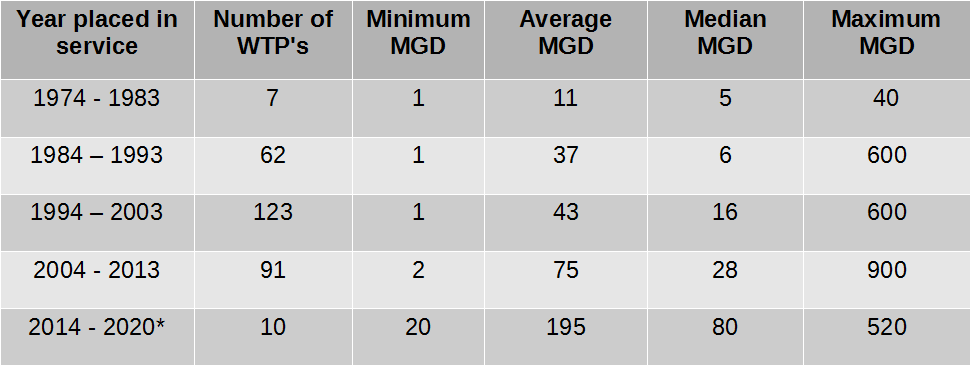The CDC (Center for Disease Control and Prevention) lists ozone as an “Other” Sterilization Method. Excerpt below to provide info from the CDC website.
Guideline for Disinfection and Sterilization in Healthcare Facilities
Ozone has been used for years as a drinking water disinfectant. Ozone is produced when O2 is energized and split into two monatomic (O1) molecules. The monatomic oxygen molecules then collide with O2 molecules to form ozone, which is O3. Thus, ozone consists of O2 with a loosely bonded third oxygen atom that is readily available to attach to, and oxidize, other molecules. This additional oxygen atom makes ozone a powerful oxidant that destroys microorganisms but is highly unstable (i.e., half-life of 22 minutes at room temperature).
A new sterilization process, which uses ozone as the sterilant, was cleared by FDA in August 2003 for processing reusable medical devices. The sterilizer creates its own sterilant internally from USP grade oxygen, steam-quality water and electricity; the sterilant is converted back to oxygen and water vapor at the end of the cycle by a passing through a catalyst before being exhausted into the room. The duration of the sterilization cycle is about 4 h and 15 m, and it occurs at 30-35°C. Microbial efficacy has been demonstrated by achieving a SAL of 10-6 with a variety of microorganisms to include the most resistant microorganism, Geobacillus stearothermophilus.
The ozone process is compatible with a wide range of commonly used materials including stainless steel, titanium, anodized aluminum, ceramic, glass, silica, PVC, Teflon, silicone, polypropylene, polyethylene and acrylic. In addition, rigid lumen devices of the following diameter and length can be processed: internal diameter (ID): > 2 mm, length ≤ 25 cm; ID > 3 mm, length ≤ 47 cm; and ID > 4 mm, length ≤ 60 cm.
The process should be safe for use by the operator because there is no handling of the sterilant, no toxic emissions, no residue to aerate, and low operating temperature means there is no danger of an accidental burn. The cycle is monitored using a self-contained biological indicator and a chemical indicator. The sterilization chamber is small, about 4 ft3 (Written communication, S Dufresne, July 2004).
A gaseous ozone generator was investigated for decontamination of rooms used to house patients colonized with MRSA. The results demonstrated that the device tested would be inadequate for the decontamination of a hospital room946.

